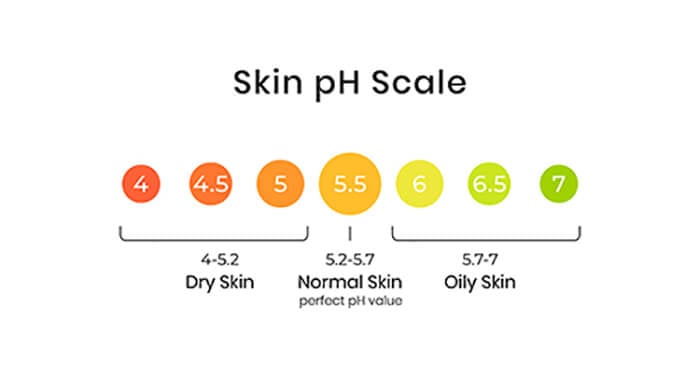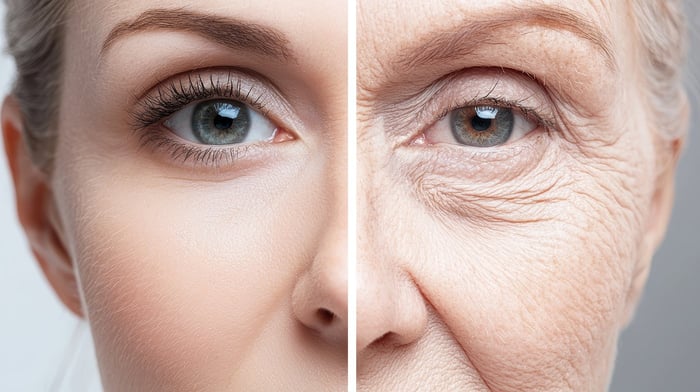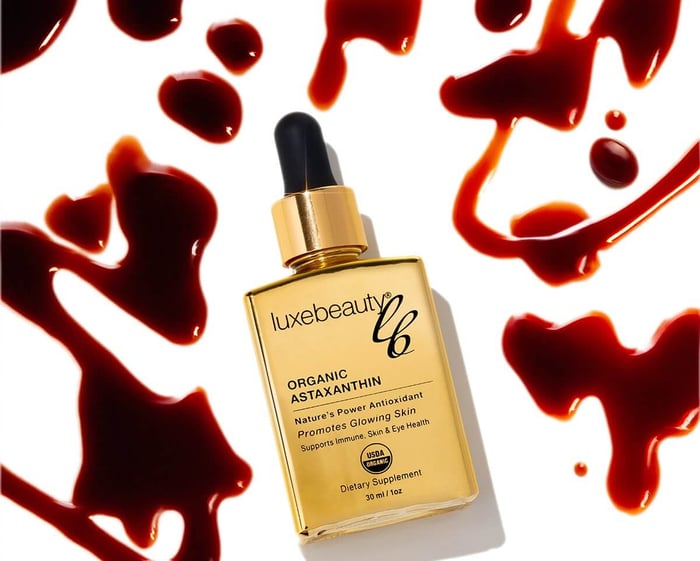In the realm of skincare, achieving that radiant, flawless complexion isn't just about slathering on the latest trends in creams and serums. Understanding skin pH and skincare beneath the surface lies a delicate balance that can make or break your skincare routine.
Skin pH balance is a crucial factor in creating glowing skin.
The skin's pH follows a sharp gradient across the stratum corneum, which is suspected to be important in controlling enzymatic activities and skin renewal.
Human skin acts as a primary barrier between the body and its environment. Crucial for this skin barrier function is the lipid matrix in the outermost layer of the skin, the stratum corneum (SC). Two of its tasks are (1) to prevent excessive water loss through the epidermis and (2) to prevent compounds from the environment from permeating into the viable epidermal and dermal layers, thereby provoking an immune response.
We will delve into the science behind skin pH balance and skincare pH and why a pH of 5.5 reigns supreme in the quest for healthy, glowing skin.
Understanding pH: The Basics
First, let's define pH. pH measures the acidity or alkalinity of a substance, ranging from 0 to 14. A pH of 7 is considered neutral, while values below 7 are acidic and above 7 are alkaline.
The Skin's Natural pH: A Protective Barrier
Our skin is naturally acidic, with a typical pH range between 4.5 and 5.5. The 'natural' skin surface pH is estimated to be, on average, 4.7, below 5. This slightly acidic environment is crucial for maintaining the skin's protective barrier, the acid mantle.
An acid skin pH (4-4.5) keeps the resident bacterial flora attached, whereas an alkaline pH (8-9) promotes the dispersal from the skin.
"The acidic pH of the stratum corneum was considered to present an antimicrobial barrier preventing colonization (e.g., by Staphylococcus aureus and Malassezia). Later on, it was found that the pH influences skin barrier function, lipid synthesis and aggregation, epidermal differentiation, and desquamation."
The acid mantle is a defense mechanism against harmful microbes, environmental pollutants, and moisture loss. Disrupting this delicate pH balance can lead to skin woes, including dryness, irritation, and acne.
"Experimental disruption of the physical barrier leads to an increase in pH, which returns to normal levels only after many hours. Inflammatory skin diseases and diseases involving the epidermis exhibit a disturbed skin barrier and an increased pH. This is known for atopic dermatitis, irritant contact dermatitis, ichthyosis, rosacea, and acne, but also for aged and dry skin. Normalizing the pH by acidification through topical treatment helps to establish a physiological microbiota, repair the skin barrier, induce epidermal differentiation, and reduce inflammation."
The Role of pH in Skincare Products
The use of cosmetic products, especially soaps, has a profound influence on skin surface pH, but plain tap water, in Europe, with a pH value generally around 8.0, will increase skin pH up to 6 h after application before returning to its 'natural' value of, on average, below 5.0.
Let's connect the dots between skincare products and skin pH balance. Many cleansers, toners, moisturizers, and exfoliants on the market boast a wide range of pH levels. However, using products with a high or low pH can throw off the skin's natural balance, wreaking havoc on its health and appearance.
Why pH 5.5 is Optimal
So, why is a pH of 5.5 often touted as the holy grail of skincare? This magic number aligns closely with the skin's natural pH, making it gentle and compatible with its acid mantle. Products formulated with a pH of 5.5 help to maintain the skin's barrier function, keeping it hydrated, supple, and resilient against external aggressors.
"The use of skin cleansing agents, with a pH of about 5.5, may be of relevance in the prevention and treatment of those skin diseases.
Benefits of Balanced pH Skincare
Choosing skincare products with a pH of 5.5 offers a multitude of benefits:
1)Preservation of the Acid Mantle: By supporting the skin's natural pH, these products help to reinforce the acid mantle, strengthening the skin's defenses.
2. Gentle Exfoliation: Acidic formulations gently exfoliate the skin, promoting cell turnover without causing irritation or inflammation.
3. Enhanced Product Efficacy: Balanced pH ensures that skincare ingredients penetrate effectively into the skin, maximizing their benefits.
4. Reduced Risk of Sensitivity: Maintaining the skin's pH balance minimizes the risk of irritation, making these products suitable for all skin types, including sensitive and acne-prone skin.
Conclusion: A pH-balanced Approach to Radiant Skin
In the skincare world, achieving a radiant complexion isn't about chasing the latest fads or trends but honoring the skin's natural balance. Opting for products with a pH of 5.5 can nurture your skin's health and vitality from the inside out. So, the next time you peruse the skincare aisle, remember the magic number: 5.5, your skin's key to beauty and resilience.
https://pubmed.ncbi.nlm.nih.gov/18489300/
https://pubmed.ncbi.nlm.nih.gov/29863755/







